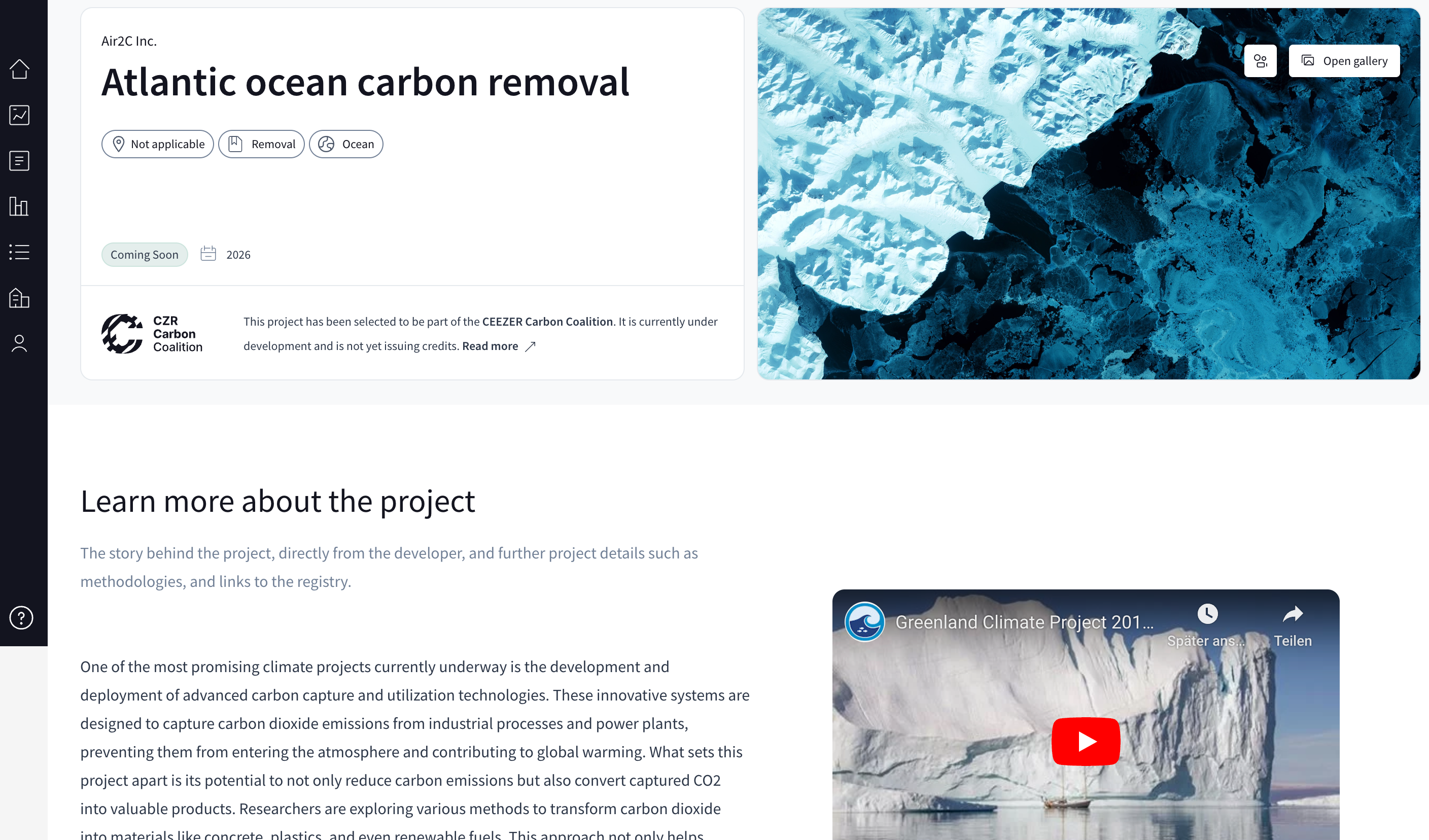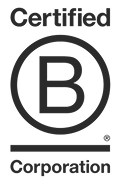The first cohort of the CEEZER Carbon Coalition program, initiated in the fall of 2023, has successfully concluded. The seven companies selected for the initiative’s launch—Blusink, Carbonsate, Green Sequest, InPlanet, Reverse Carbon, Ucaneo, and Cotierra—have now graduated, demonstrating their readiness to make a significant climate impact. In the next few years, these project developers plan to permanently remove 1.1 Mt of CO₂e through a variety of novel carbon dioxide removal methods (CDR).
The mission of the CEEZER Carbon Coalition is to empower start-ups in the voluntary carbon market (VCM) and bridge the gap between ideation and large-scale implementation. The program addresses the challenges typically faced by project developers, such as increasing buyer awareness, understanding buyer needs, and navigating contracts and carbon credit pricing. This article delves into the program highlights, emphasizing the achievements and takeaways from this first cohort.
Accessing a global customer base with CEEZER
A key benefit of participating in the Carbon Coalition cohort is the ability to network and establish partnerships with buyers from the CEEZER network. Thomas Käslin, co-founder of Cotierra, remarked how the CEEZER Carbon Coalition “has been a window into current market trends and buyer needs." Käslin expressed enthusiasm about continuing the journey and interacting with buyers from the CEEZER network “to partner up to remove millions of tons of CO2 permanently and improve farmers’ livelihoods together.”
All seven project developers from the inaugural cohort of the CEEZER Carbon Coalition are now active on CEEZER's platform, with their full inventory soon becoming available through forward purchases. Forward credits are credits that are contracted today but delivered at a future date, with the first issuance expected in the second half of 2024.
Meanwhile, the projects have visibility on CEEZER’s marketplace through a “coming soon” listing. This grants access to CEEZER’s global buyer base much sooner than they would otherwise. Recognizing that these projects have a high delivery risk for direct credit sales, CEEZER has specifically created a separate type of listing. This listing is designed to showcase their basic information and ignite interest from our buyer base. These projects will transition to full listings on the platform once they are mature enough to pass CEEZER’s risk screening process.

A program with multiple benefits
Through tailor-made individual and dedicated group sessions, the seven project developers gained insights into key aspects of the VCM:
- Understanding buyer drivers and challenges, including the context of CDR and market-shaping guidance
- Comprehending buyer behavior to get a comprehensive view of buyer groups, sales channels, and decision-making processes
- Learning to navigate certifications, registries, inventory management, and pricing
- Managing contracts, payments, and legal issues
Roos de Bruijn, Sales Business Development at InPlanet, stated that the Carbon Coalition Program was “a great opportunity to advance the collaboration with CEEZER by realizing a listing while we are progressing on the certification of our projects with registries.” She also mentioned how the sessions provided “valuable insights from their experience on carbon credit transactions” that will help the company “to further improve offerings to fit market standards and buyer needs.”
The interactive setup of this assistance, along with the participation of other Carbon Coalition members, provided companies the opportunity to interact, exchange experiences, and share knowledge. Kenneth Möllersten, a co-founder of Reverse Carbon, noted the Coalition “gave us the chance to gain a deeper understanding of the carbon removal market with CEEZER experts and fellow coalition members.” Möllersten highlighted the sense of team spirit that developed throughout the program.
A look toward the future: Takeaways and learnings from the cohort
Along with gaining knowledge of the VCM, the participants of the Carbon Coalition program identified six key practical learnings they will develop further in the next phases:
- Project communication: Participants learned the best ways to introduce their projects to buyers, emphasizing social and environmental co-benefits and making the project technology understandable and accessible to the buyer.
- Co-benefits certification: Certification of co-benefits—by a registry like Verra or Gold Standard, or through an external accredited verifier—is crucial for buyers. Participants deepened their understanding of certification characteristics and how they should always be leveraged as a selling point.
- Legal and contractual aspects of carbon credit transactions: Attention to exclusivity clauses and non-circumvention agreements are among the many legal aspects to consider in carbon credit transactions. Attendees participated in a session with legal experts that introduced novel yet valuable insights to the cohort.
- Setting targets: Segmenting and profiling buyers, as well as tailoring a narrative that meets the buyer's needs, is essential for establishing seamless collaboration. Companies may focus on various aspects of projects, from the technological or innovative to the co-benefits, and suppliers must be prepared to accommodate these needs.
- Learning pricing strategies. Understanding transaction types, such as spot sales, forward sales, long-term off-takes, or investment opportunities, is critical for creating a comprehensive pricing strategy. This knowledge equipped developers with the tools necessary to devise effective pricing strategies for diverse scenarios.
- Understanding marketplaces. Marketplaces are more than a sales channel; they are a gateway to personalized service and customized guidance. Participants gained a comprehensive understanding of marketplaces as an intermediary on both the supply and sales side.
Driving the evolution of CDR today—for a better tomorrow
The window of opportunity is closing—we need to scale Carbon Dioxide Removal (CDR) over this decade. CDR is generally defined as the anthropogenic removal of CO2 from the atmosphere and durable storage of the carbon in terrestrial or geological reservoirs. The seven start-ups forming the first Carbon Coalition cohort, Blusink, Carbonsate, Green Sequest, InPlanet, Reverse Carbon, Ucaneo, and Cotierra, exemplify the wide variety of methods available to do this:
- Biochar: Reverse Carbon converts biomass residues into biochar, burying it deep underground in close and abandoned mining sites. These artificial permanent repositories ensure the stability of the biochar, mitigation of methane emissions, and natural habitat restoration in developing countries. Cotierra focuses on decentralized biochar production in the Global South, whilst improving farmers’ margins. They partner with coffee and cacao suppliers and equip them with their small-scale reactors and digital control systems to serve their network of small farms.
- Biomass burial: Carbonsate is Europe’s technology leader in terrestrial biomass storage. By sequestering waste wood in the ground, Carbonsate's storage design allows permanent and efficient carbon storage—while offering valuable co-benefits like biodiversity and solar power generation.
- Ocean: Blusink focuses on marine carbon removal and marine ecosystem restoration. With a method relying on a patented biomaterial that harnesses the power of coralline algal growth, they create underwater ecosystems serving as impactful carbon sinks within nature.
- Enhanced rock weathering: InPlanet works with regenerative agriculture to remove carbon from the atmosphere: through the weathering of silicate rocks, they regenerate soils in the tropics. This helps farmers transition to a low carbon, sustainable, and nature-based agriculture. Green Sequest enhanced rock weathering projects concern the spreading of antigorite serpentinite in Poland, a rock extremely rich in magnesium and calcium oxides, capable of removing large amounts of CO2 from the atmosphere.
- Direct air capture: These technologies use chemical or physical processes to extract carbon dioxide directly from the atmosphere. Pioneering a direct air capture technology that mimics the human lung, Ucaneo removes CO2 from the air to restore a healthy atmosphere.
These companies are driving the evolution of CDR today and working to scale these innovations for a better tomorrow. Together, they have concrete plans to permanently remove 1.1 Mt of CO2e t in the coming years. For context, only 0.2 Mt of CO2e has been durably removed and delivered by now (as per cdr.fyi on February 21, 2024).
Next Carbon Coalition application window: March 15th, 2024
Applications for the second CEEZER Carbon Coalition cohort will open on March 15, 2024. Are you a project developer with innovative solutions for carbon removal? This program could be your chance to kickstart your commercialization efforts. Sign up here to be alerted when the application window opens.
In addition, we are always seeking established project developers with high-quality carbon credits for sale to join the CEEZER platform. Schedule a demo call to explore the possibilities.
.png)




